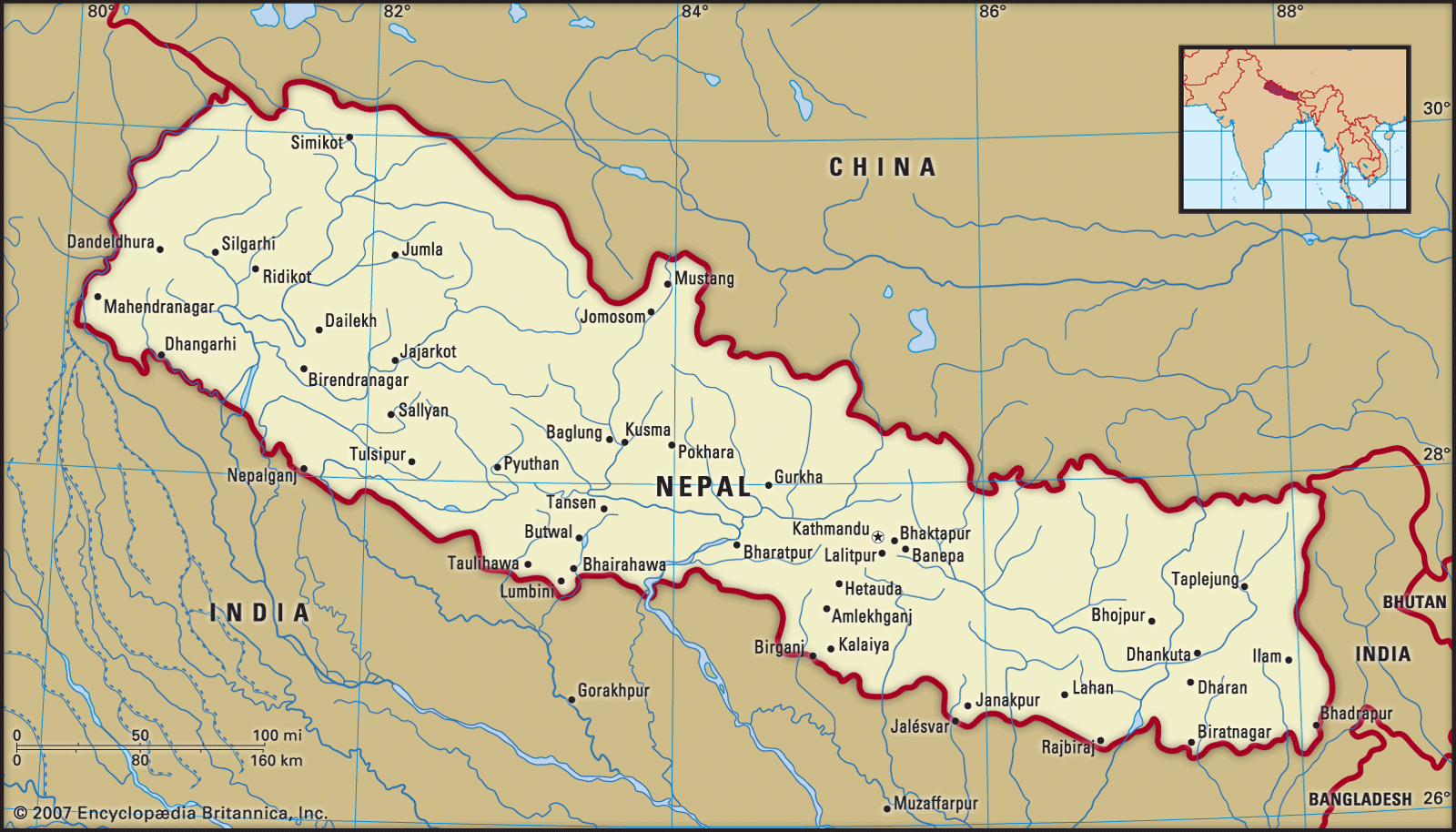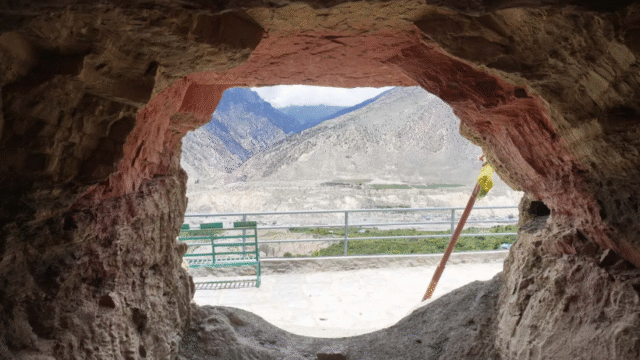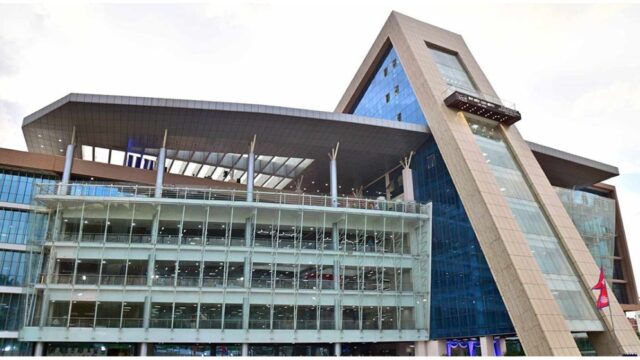Nepal, renowned for its breathtaking landscapes and diverse culture, offers a wealth of adventure and exploration opportunities. From the towering peaks of the Himalayas to tranquil rural retreats, the country is a paradise for tourists seeking remote and off-the-beaten-path experiences. However, traveling to these less accessible regions requires careful planning and consideration to ensure safety and enjoyment. Here are key safety tips for tourists venturing into Nepal’s remote areas.
Thorough Research and Planning
Before embarking on a journey to remote areas in Nepal, thorough research is essential. Understanding the local climate, terrain, and potential hazards can help in making informed decisions. Tourists should study maps, weather forecasts, and recent travel advisories. Consulting travel guides, local tourism offices, or experienced tour operators can provide valuable insights into the specific region of interest.
Health Precautions and Vaccinations
Health and safety are paramount when traveling to remote locations. Tourists should visit a healthcare provider before their trip to discuss necessary vaccinations and health precautions. Common vaccinations recommended for travelers to Nepal include those for hepatitis A and B, typhoid, and tetanus. In areas above 3,000 meters, altitude sickness can be a risk; thus, acclimatization and medications for altitude sickness might be necessary.
Adequate Gear and Supplies
Packing the right gear is crucial for safety and comfort. Tourists should bring appropriate clothing for varying weather conditions, including waterproof jackets, warm layers, and sturdy hiking boots. In remote areas, where supplies may be scarce, carrying essentials such as water purification tablets, a first-aid kit, and high-energy snacks is important. A reliable multi-tool or knife can also be useful for various situations.
Navigation and Communication
Navigating remote areas can be challenging. Tourists should carry detailed maps and a GPS device to help with navigation. Mobile network coverage may be limited, so having a satellite phone or a local SIM card with good coverage can be vital for communication. Informing a trusted friend or family member of your itinerary and expected return time is also advisable.
Local Customs and Etiquette
Respecting local customs and traditions enhances safety and fosters positive interactions with local communities. Tourists should familiarize themselves with cultural norms and dress codes. In many remote areas, modest dress is appreciated, and adherence to local etiquette is crucial for maintaining good relations. Engaging with local guides can also provide insights into proper behavior and cultural practices.
Travel with a Guide or Group
Traveling with a reputable guide or as part of an organized group is highly recommended for remote areas. Guides have local knowledge, are familiar with the terrain, and can handle unexpected situations effectively. They also ensure that tourists follow safety protocols and can provide valuable assistance in emergencies. Group travel offers additional safety and support, especially in challenging environments.
Weather Awareness and Adaptation
Weather conditions in Nepal’s remote regions can be unpredictable and extreme. Tourists should monitor weather forecasts regularly and be prepared for sudden changes. It’s advisable to start treks or outdoor activities early in the day to avoid afternoon storms. In areas prone to heavy rainfall, such as during the monsoon season, travelers should be cautious of potential landslides and flooding.
Sustainable and Responsible Tourism
Practicing sustainable tourism is essential for preserving the natural beauty and cultural heritage of remote areas. Tourists should follow the principles of “Leave No Trace” by minimizing waste, avoiding the disturbance of wildlife, and respecting local environments. Supporting local businesses and using eco-friendly products helps contribute to the well-being of remote communities.
Emergency Preparedness
In remote areas, access to emergency services may be limited. Tourists should be prepared for emergencies by knowing the location of the nearest medical facilities and emergency contact numbers. Carrying a personal emergency kit with items such as a whistle, flashlight, and basic first-aid supplies can be beneficial. Understanding basic first-aid techniques and how to handle common injuries or health issues is also advantageous.
Physical Fitness and Acclimatization
Physical fitness plays a significant role in ensuring a safe and enjoyable experience in remote areas. Tourists should engage in regular physical activity and prepare their bodies for the demands of trekking or other strenuous activities. For high-altitude travel, gradual acclimatization is crucial to prevent altitude sickness. Allowing time for acclimatization and maintaining a slow and steady pace can help mitigate risks associated with altitude changes.
Permits and Regulations
Certain remote areas in Nepal require special permits for travel. Tourists should be aware of and obtain the necessary permits before their trip. Permits help regulate tourism and protect natural and cultural sites. Ensuring compliance with local regulations and guidelines contributes to the conservation of these areas and the safety of travelers.
Hydration and Food Safety
In remote areas, access to clean drinking water and safe food can be limited. Tourists should carry a water filtration system or purification tablets to ensure safe drinking water. It’s also important to be cautious with food, choosing freshly cooked meals and avoiding raw or undercooked items. Carrying energy-rich, non-perishable snacks can provide sustenance during treks or extended stays.
Personal Safety and Awareness
Maintaining personal safety is vital in remote areas. Tourists should remain aware of their surroundings, avoid displaying valuable items, and be cautious of potential risks such as wildlife encounters or unstable terrain. Traveling during daylight hours and avoiding isolated or unfamiliar areas after dark enhances personal safety.
Respecting Local Infrastructure
In remote areas, infrastructure may be limited or less developed. Tourists should be patient and adaptable, understanding that services may not meet the same standards as in urban areas. Respecting local infrastructure and facilities helps maintain a positive relationship with communities and ensures a smoother travel experience.
Traveling to remote areas in Nepal offers unique and rewarding experiences but requires careful preparation and awareness. By following these safety tips, tourists can enhance their safety, respect local cultures, and enjoy their journey through Nepal’s stunning and diverse landscapes. Ensuring proper planning, understanding local conditions, and practicing responsible tourism are key to a successful and memorable adventure in Nepal’s remote regions.






